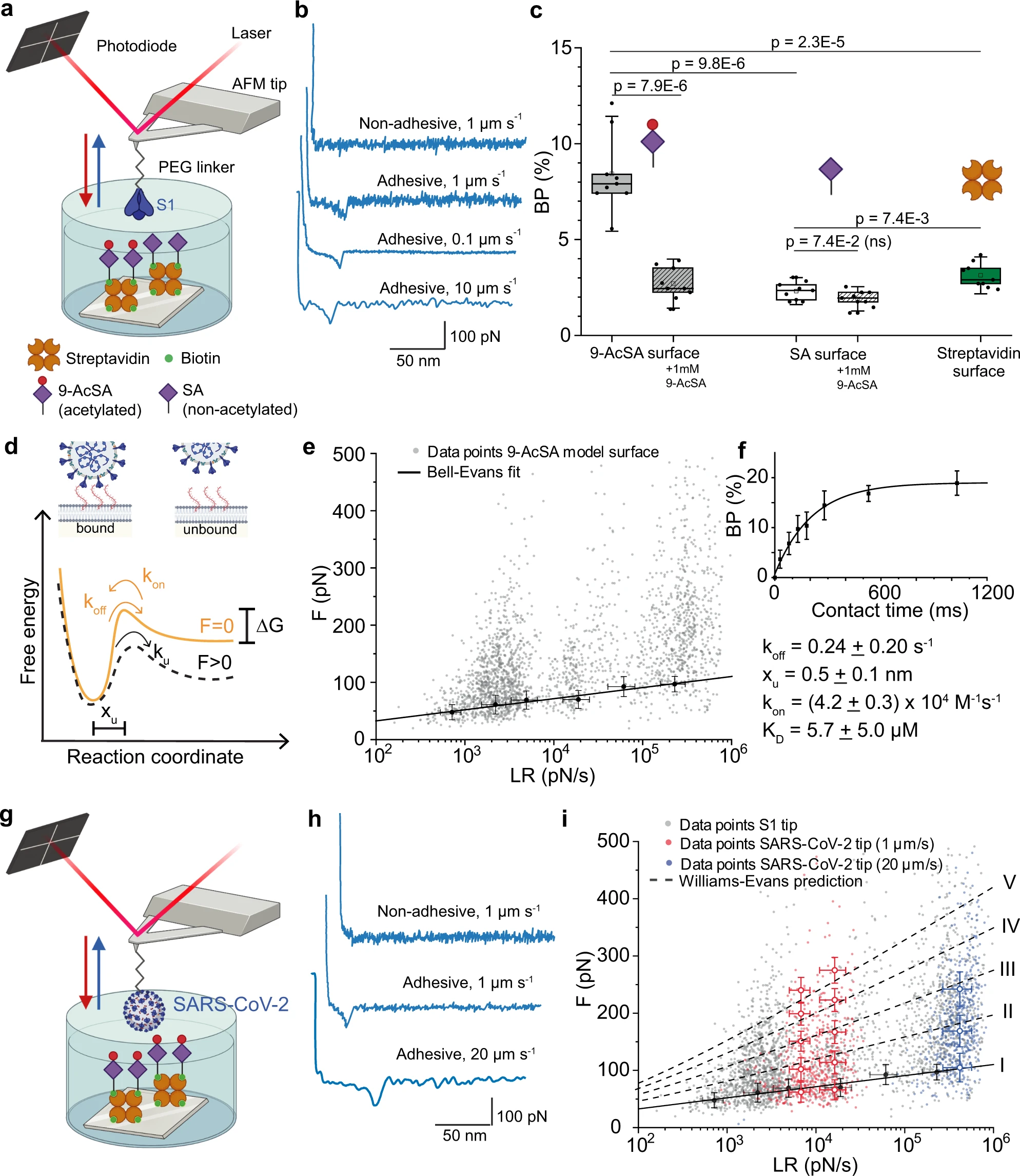In a study published in nature · communication on the 10th, Belgian researchers learned the exact mechanism of novel coronavirus infecting cells at the molecular level and prevented the virus infection in the experiment. The discovery holds great promise for the treatment of new crowns: help develop an aerosol form of antiviral drug that can eradicate the virus in the event of infection or high-risk exposure.

David alstons, a researcher at the Institute of biomolecular science and technology of Leuven University, studied the interaction between sialic acid (a sugar residue on the cell surface) and the spike protein of novel coronavirus in order to understand the role of sialic acid in the process of virus infection.
Researchers know that the cell surface is wrapped in sugar, which makes it easier for the virus to recognize the cell and promote the virus to enter the host cell, leading to infection.
This time, the researchers first identified a variant of these sugars (9-o-acetylation), which interacts more strongly with spike proteins than other sugars. In short, they found the set of keys that allowed the virus to open the "door" of the host cell.

Why a set of keys? Because novel coronavirus is composed of a series of spike proteins with sucker effect, which enable them to bind to cells and eventually enter cells. The more keys found by the virus, the better the interaction with cells, and the bigger the "door" will be opened.
The second finding of the researchers is to prevent infection by preventing the virus from binding to host cells. They block the attachment sites of spike proteins, thereby inhibiting any interaction between the virus and the cell surface. This is like putting a padlock in front of the cell "gate". However, one of the preconditions is that the interaction between the virus and the reagent blocking it is stronger than that between the virus and the cell. In this particular case, scientists demonstrated that multivalent structures (or sugar clusters) with multiple 9-O-acetylated sialic acids on the surface can prevent the binding and infection of novel coronavirus. If the virus does not attach to the cell, it cannot enter the cell, so it will die and live for 1 to 5 hours. This blocking effect prevents infection.
In the context of the COVID-19 pandemic, various vaccines mainly target novel coronavirus variants, not the entire virus. The discovery by the University of Leuven has the advantage of acting on the virus and is not affected by its mutation.
Next, the team will test the method on mice to block the binding site of the virus and observe whether it works on organisms. Once the results come out, it can promote the development of an antiviral drug based on 9-o-acetylation, which can be administered by aerosol in the case of infection or high-risk exposure.
Learn more: